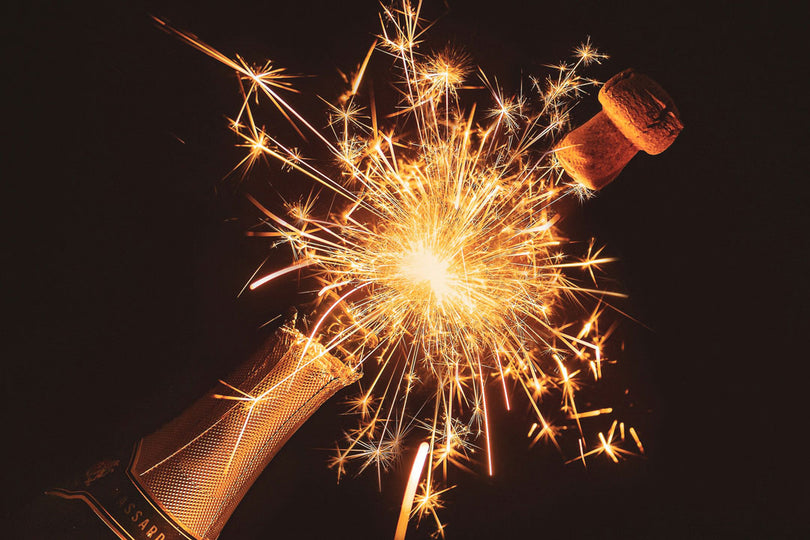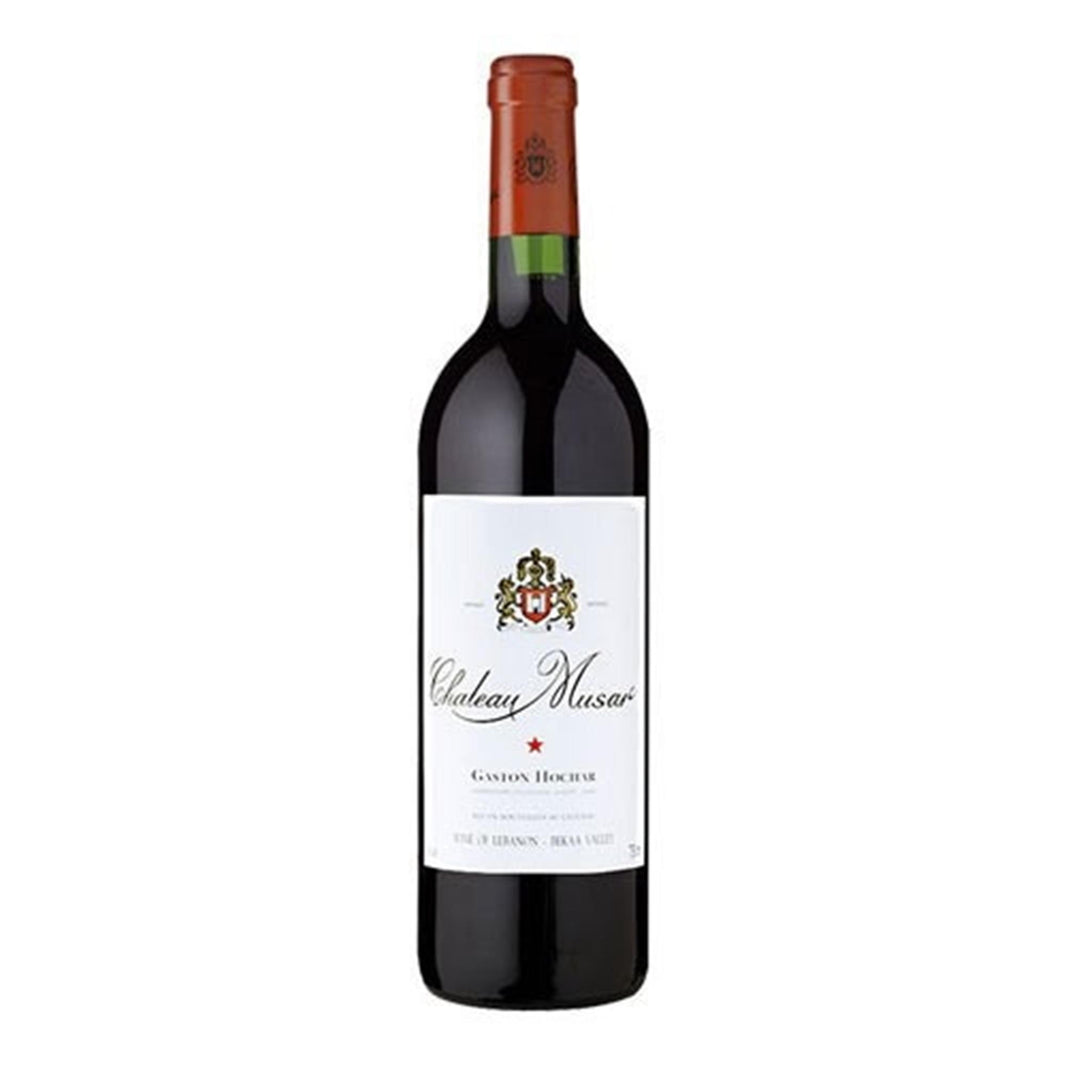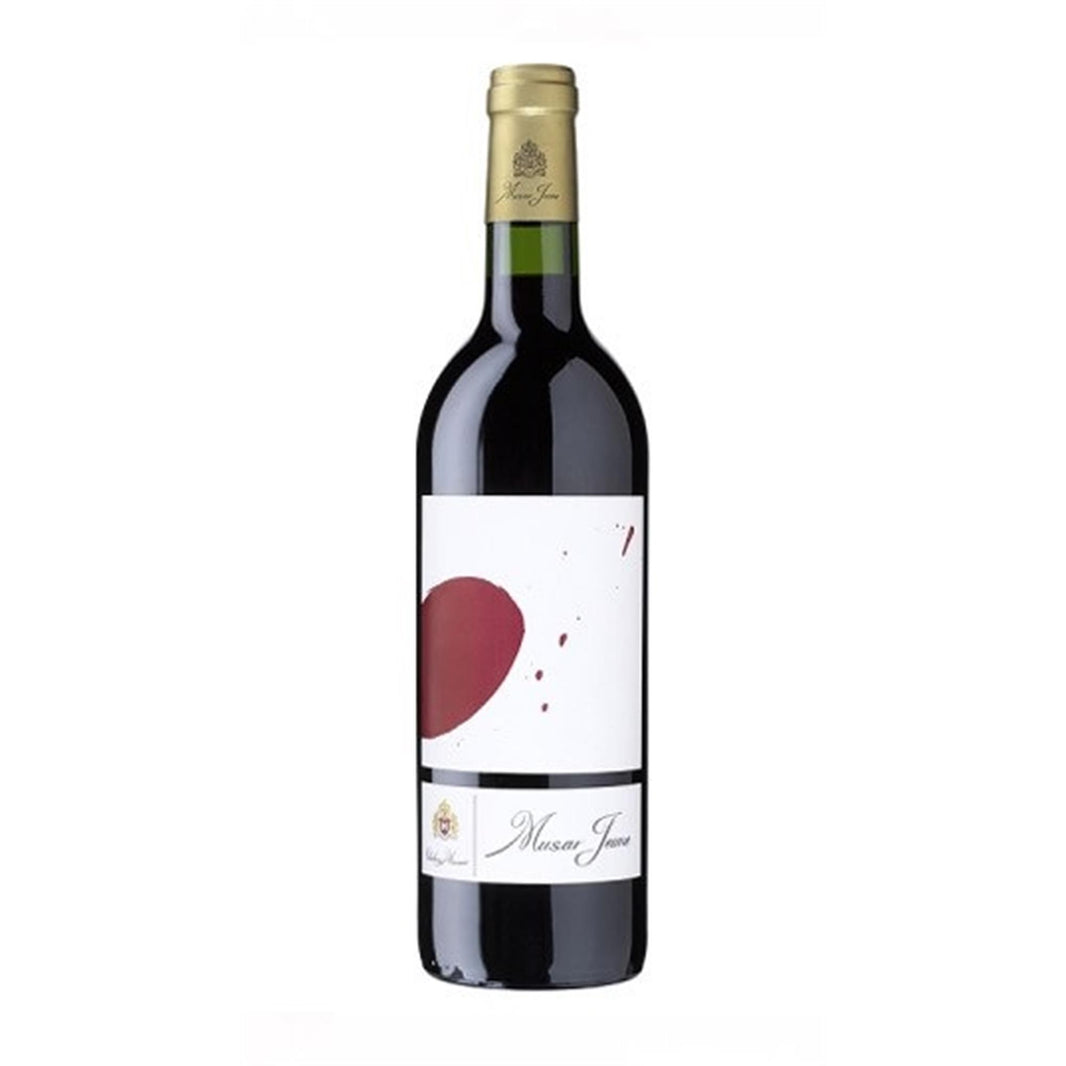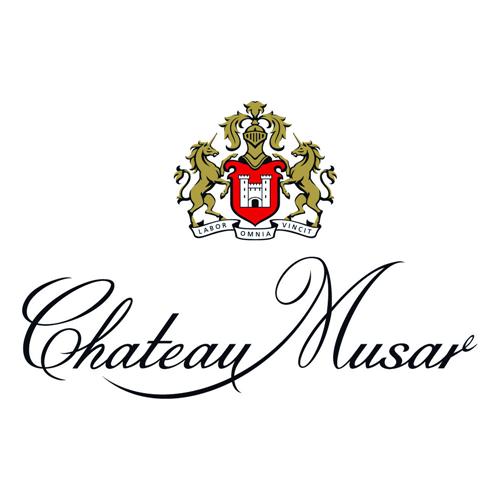
Chateau Musar test
Chateau Musar produce three main ranges of wines – Musar Jeune, Hochar Pere et Fils and the Chateau Musar. These wines are all blends of classic varietals planted from 1930 onwards, with each featuring Cinsault and Cabernet Sauvignon. Each wine then has its own discrete varietal that lends a unique character to the wine. Musar Jeune and Chateau Musar ranges also include rose and white wines.
-
Chateau Musar Hochar (Pere et Fils) 2020 75cl
Hochar Père et Fils Red 2020 is a blend of Cinsault, Grenache, and Cabernet Sauvignon sourced from a single vineyard in the Western Bekaa Valley, n...Regular price £26.95Sale price £26.95 Regular priceUnit price / per£27.49 -
Chateau Musar 2018 Rouge 75cl
The 2018 vintage began with abundant precipitation, including 355mm of rain and snow in January, followed by 162mm in February, which enriched the ...Regular price £46.99 -
Chateau Musar 2017 Rouge 75cl
The 2017 vintage looks to be very promising indeed, the wines of this year are unique, yet retaining classical Chateau Musar character. Three facto...Regular price £57.50 -
Musar Jeune Blanc 2021 75cl
Musar Jeune White 2022 comes from organically certified vineyards in the Bekaa Valley, sourced from two distinct terroirs. Vermentino and Chardonna...Regular price £15.99 -
Musar Jeune Rouge 2021 75cl
Musar Jeune Red comes from organically certified vineyards in the western Bekaa Valley. Harvested in late August and early September, this wine is ...Regular price £18.65 -
Chateau Musar 2016 Rouge 75cl
The 2016 vintage is deep ruby in colour with high viscosity. Red cherries, plums, carob and figs dominate the nose with a hint of eastern spice. Ki...Regular price £61.00 -
Chateau Musar Rouge 2009 75cl
The Cabernet Sauvignon in particular flourished this year, from flowering to dominating the final structure and taste of the wine, this vintage has...Regular price £59.99
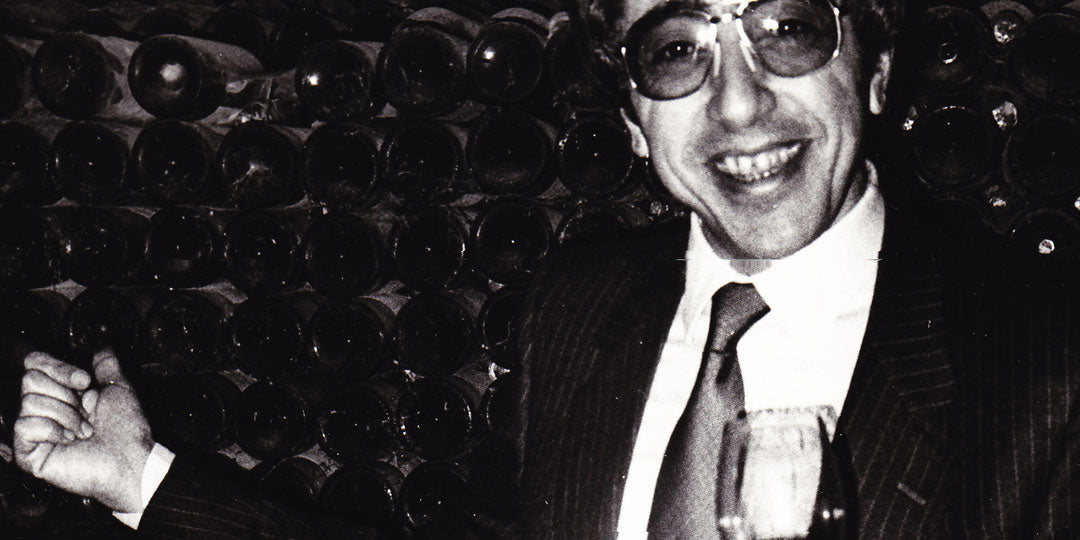
Chateau Musar History
Chateau Musar was founded in 1930 by Gaston Hochar and is run today by the third generation of the Hochar family. Their vines are situated at 1000 meters above sea level in Lebanon’s Bekaa Valley – an area that has long been cultivated for wine production. The Romans built a temple to Bacchus, the God of Wine in Baalbek, to the North of the Valley near the Syrian border.
It is from those organically certified vineyards, the grapes are harvested by hand and transported to the family’s winery 70km away in the small town of Ghazir (25km North of Beirut city) on the Mediterranean coast. In the winery each of the varietals undergo natural yeast fermentation, using minimal sulphur additions. When ready, these individual wines are blended and all reds are bottled unfined and unfiltered to preserve their character. Whites are lightly fined with Bentonite clay, therefore all Chateau Musar wines are suitable for vegetarians and vegans.
This minimal intervention philosophy was the mission of Serge Hochar, who took over from his father Gaston in 1959. His goal was to capture the characteristics of the vintage whilst maintaining the unique expression of wine that Chateau Musar became known for.
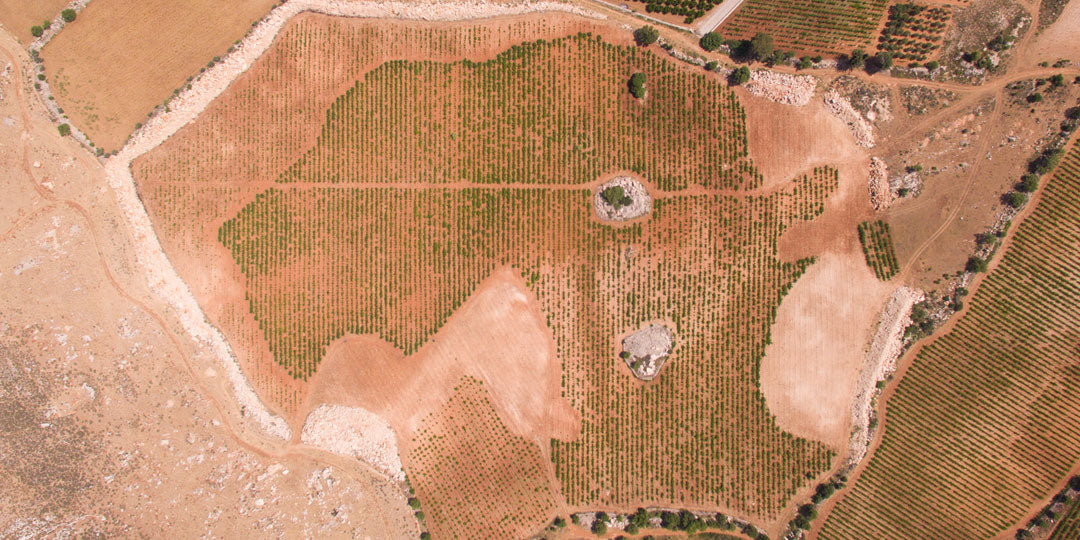
Musar Jeune
Translated from the French jeune meaning young. This range of wine is exactly that; the red a blend of Syrah, old vine Cinsault and Cabernet Sauvignon. Given the same care and attention as the grand vin, just younger! Each varietal is fermented separately in cement tanks with natural yeasts, blended together then bottled unfined and unfiltered and released two years after the vintage. The wine captures the vibrancy of fruit from the Bekaa Valley and epitomises the varietal and vintage characteristics. Whilst it is intended for younger drinking, it can age for up to 10 years from the vintage, gaining in complexity.
Musar Jeune rosé is predominantly Cinsault, with a small proportion of Mourvèdre and fermented in stainless steel tanks. This dry wine has a wonderful colour, soft red fruit character and delicious when served well chilled, making it the ideal partner to the flavours of any Mediterranean cuisine and a good helping of sunshine!
Musar Jeune white is a blend of Vermentino, Viognier and Chardonnay. Again, these are fermented in stainless steel to preserve the varietal character of these grapes. The wine has a rich tropical fruit note and given its nature, is also well suited to fresh Mediterranean flavours.
Both the Musar Jeune rosé and white are intended to be drunk within 2 to 3 years from vintage.
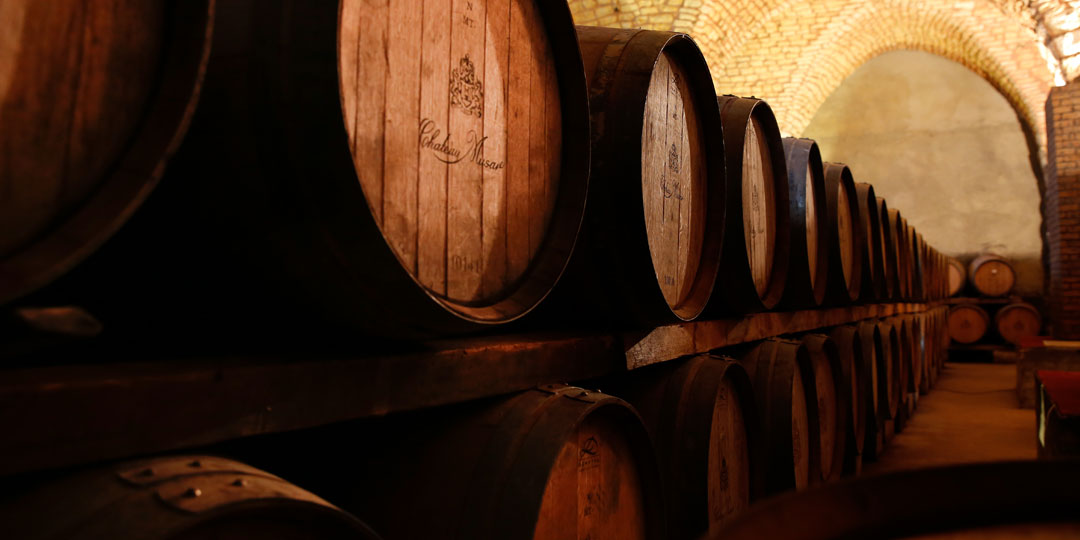
Hochar Pere et Fils
A blend of Grenache, Cinsault and Cabernet Sauvignon from vineyards near the town of Aana in the Bekaa Valley. Just as the other reds, these varietals are individually fermented in concrete tanks, then see 6 months ageing in old French oak barrels before being blended and bottled. Released after 3 years, the Hochar Pere et Fils is a bridge between the vibrant fruit of Musar Jeune and the Chateau Musar vintages with their unique style and character. Hochar Pere et Fils can also age for up to 10 years improving in the bottle under ideal cellar conditions.
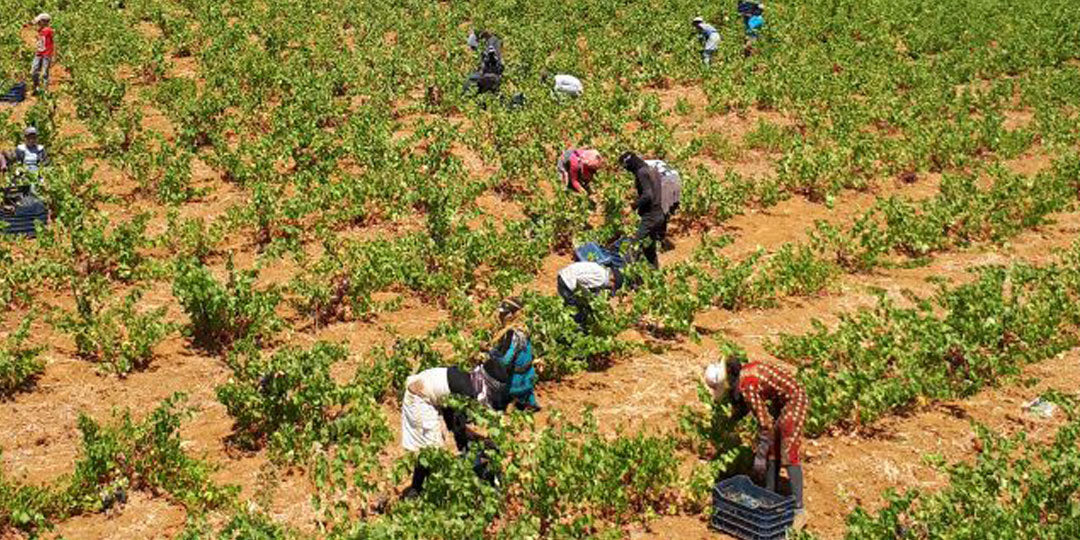
Chateau Musar Red
First produced in 1933, the Chateau Musar red is a blend of roughly equal parts Cabernet Sauvignon, Cinsault and Carignan with an average vine age of around 60 years. Each varietal is fermented separately in concrete tank and then sees 12 months ageing in old French oak barrels. The component parts are blended together and bottled unfined and unfiltered in the 3rd year. These bottles then rest and develop in the winery’s cellars for 4 years, after which time they are released as the new vintage of Chateau Musar, 7 years from the vintage date. It is after this period of ageing that the wines begin to exhibit more of the Musar character for which they are well known, though only truly realising their full potential some 15 to 20 years from the vintage. Beyond this point, the wines can remain vibrant and in a state of perfect maturity for many decades, with rare wines from the 1950s still available. Whilst the blend may not vary too much year on year, it is the varietal characteristics that can shine through in any given vintage. In warmer years (2009, 2005, 2001, 1999) the Cabernet Sauvignon can dominate, with the style leaning towards Bordeaux with classic notes of cigar box, bramble and black fruit, whereas in other years (2012, 2010, 2004, 2003, 1994) it could be the Carignan showing its spicy Rhone origins and deep concentration of fruit. In the cooler vintages (2006, 1998, 1996) the Cinsault with its delicate colour and perfume come to the fore, reminiscent of something more Burgundian, the whole experience lifted by a freshness of acidity. Whichever vintage style you prefer, Chateau Musar Red wines show their best accompanied with rich classical cuisine, be it mushrooms and game, or grills and root vegetables.
As with all of Chateau Musar’s red wines these should be decanted, though older bottles will naturally throw a larger deposit of sediment, so be sure to stand upright at least a day or two beforehand to allow these to settle and make decanting easier. A video demonstrating this can be seen here. Furthermore, corks on some older bottles are likely to be fragile, so take care when opening. A useful video describing how best to handle and open these older bottles can be viewed here.
Chateau Musar White is made from two indigenous varietals called Obaideh and Merwah, these are thought to be related to Chardonnay and Semillon Blanc and are grown in the mountains either side of the Bekaa Valley, at 1200-1400 metres above sea level. They are ungrafted vines on their original rootstocks, some of which are exceptionally old. These grapes are the last to be harvested at Chateau Musar and a proportion of the juice is fermented and aged in oak barrels for 9 months, with a small amount of batonnage (lees stirring), enhancing the richness of the wine. It is then blended, bottled and aged in the cellars and released around 7 or 8 years from vintage.
After this extended bottle ageing the Chateau Musar white can exhibit characteristics of a sweet wine with aromas of honey and caramel, nuts or candied fruit peel, yet the wine itself is dry and incredibly powerful. It is the ideal partner to cheese or can be paired with rich fatty foods like pate and rillettes, or meats and fish served with cream sauces. Chateau Musar Whites are youthful at around 8 to 10 years, where the wine has delicate spice elements and a citrus acidity that pairs very well with Asian cuisine, especially Thai dishes with their coconut, lime and lemongrass components. Treat this wine like a red and serve at cellar temperature, but not too cold as it will mask the unique aroma and rich texture of the wine. Chateau Musar Rosé is similar to the Chateau Musar White, but with the addition of Cinsault which gives the blush salmon colour and was Serge Hochar’s tribute to his much-loved rosé Champagne. Quite a rare wine that’s not produced in every vintage and unlike most rosés which should be drunk within their first year or two of release; Chateau Musar Rosé can be aged for 10-20 years where it gains texture and aromatic complexity. L’Arack de Musar
Every Mediterranean county has an anise-based spirit that is usually diluted with water – France has pastis, Greece Ouzo, Italy Sambuca, Turkey Raki and Spain has Chinchón. For Lebanon, it is Arack. At Chateau Musar two versions of Arack are produced, one which is distilled 4x and bottled in 50cl formats. Another which is 3x distilled and bottled in smaller 20cl formats. Both are produced using high quality grape spirit with an average age of 5 years. The anise is added at the final distillation, then the Arack is aged for a year in terracotta amphorae before being bottled. Traditionally drunk throughout the meal and diluted with iced water to produce a refreshing

